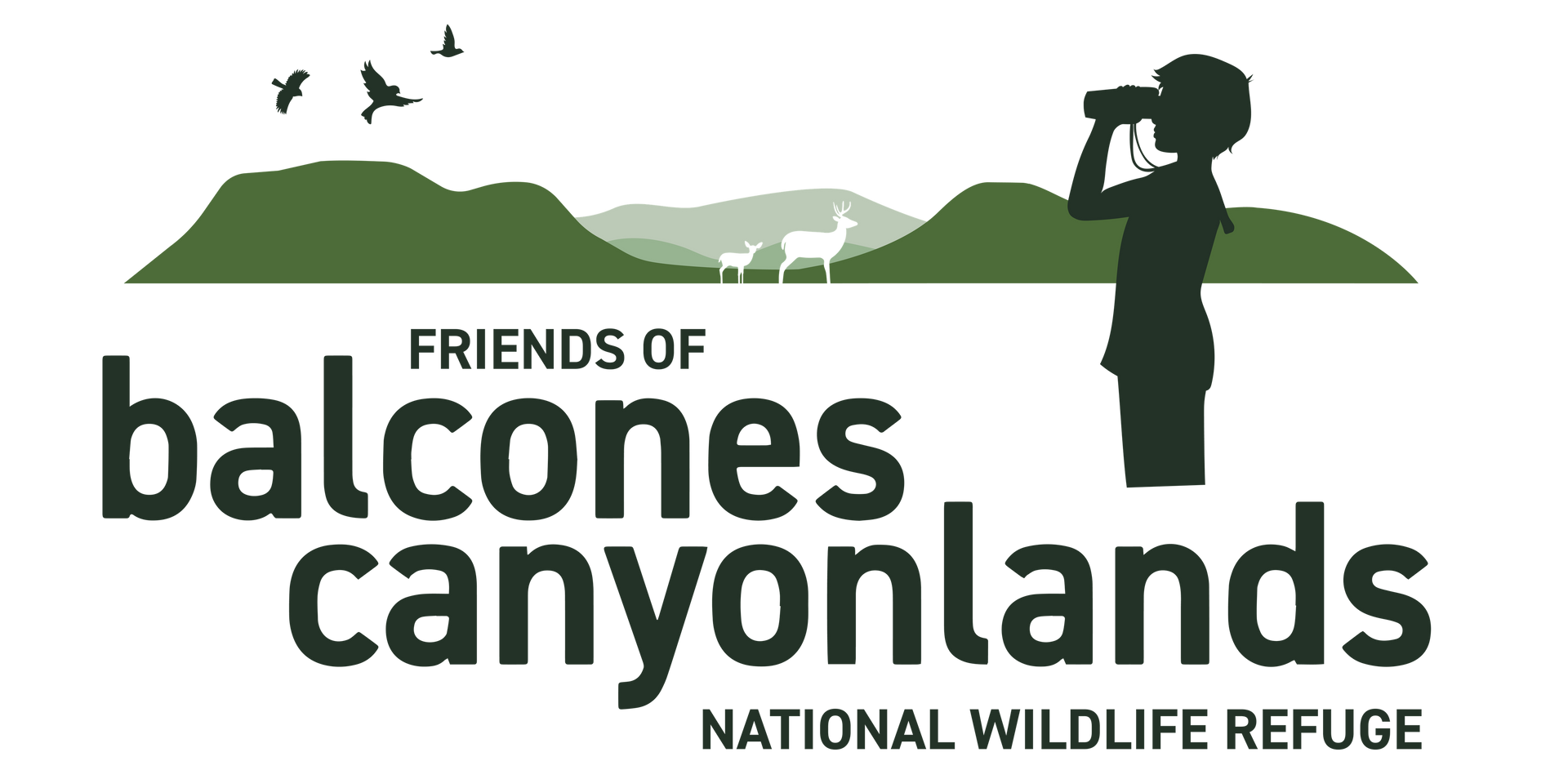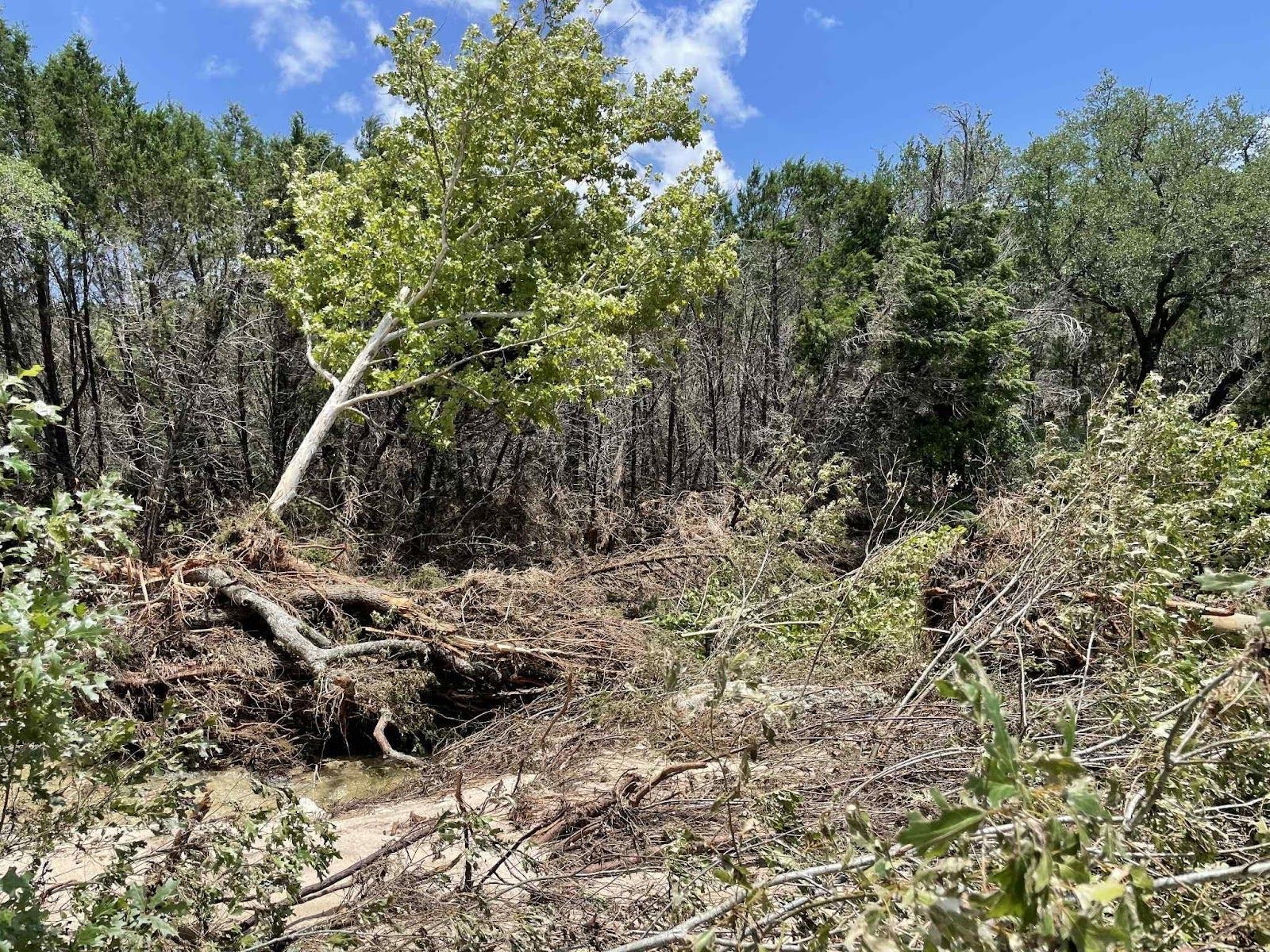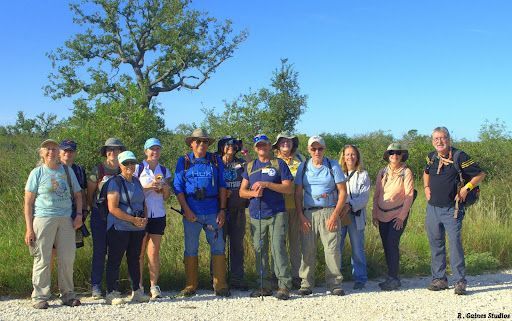Understanding the Burn Plan
What goes into planning a prescribed burn?
In the heart of Central Texas, the Balcones Canyonlands National Wildlife Refuge (BCNWR) stands as a sanctuary for native plants and wildlife, including the endangered golden-cheeked warbler and black-capped vireo. To preserve these critical habitats, land managers at the Refuge employ an essential tool in their conservation toolkit: prescribed fires.
Prescribed fires, or carefully planned and controlled burns, are used to manage the landscape, restore habitats, and prevent wildfires. At BCNWR, these fires play a crucial role in maintaining the health of grasslands, oak savannas, and shrublands, all while reducing hazardous fuel that could fuel a larger, more dangerous wildfire.

Protocols from A to Z
The process begins with a Prescribed Fire Plan, a comprehensive document that outlines every detail needed to safely and effectively execute a burn. The plan includes critical steps like weather assessment, safety measures, and staffing needs.
Before any burn can be initiated, an Agency Administrator - typically the Refuge Manager - must grant formal ignition authorization. They review the conditions outlined in the burn plan and assess whether anything has changed since the initial approval. This includes checking for any new risks such as drought, increased insect activity, or the construction of new subdivisions or structures near the burn zone.
If any concerns arise, the burn may be delayed or adjusted to ensure the safety of both the public and wildlife.
Once the burn is authorized, the team uses a
Go/No-Go checklist. This prescriptive safety measure ensures that every variable (weather conditions, fuel moisture, and wind speed) is ideal for a successful fire. If any part of the checklist raises red flags, such as high winds or excessive humidity, the burn is postponed until conditions are suitable. The checklist is revisited daily leading up to the burn to ensure the plan is still feasible under changing conditions.

The Burn Boss and Fire Management Officer (FMO) oversee the operation at large. The Burn Boss is the leader on the ground, managing the fire’s ignition, containment, and safety protocols. This person must have a minimum qualification of RXB2 - a certification that ensures expertise in the complexities of prescribed fire operations.
The FMO, meanwhile, oversees broader fire management operations, providing guidance and support to the Burn Boss. These roles work in tandem with fire operations teams, which include trained firefighters, fireline personnel, and safety officers. Everyone involved is required to wear Personal Protective Equipment (PPE), taken as a precaution when working in high-heat, high-risk environments.

Detailed planning for weather, smoke, and safety
An integral component of the burn plan is weather monitoring. Prescribed fires can only be conducted within a specific range of conditions, including acceptable levels of relative humidity, wind speed, and fuel moisture. These elements are essential for ensuring that the fire behaves as expected, including consuming the right types of fuels according to previous modeling.
A carefully selected prescription window ensures the burn is conducted when environmental conditions are most conducive to achieving the Refuge's biological goals.
Another important aspect of the prescribed fire plan at BCNWR is smoke management as fire management teams closely monitor air quality to reduce smoke exposure to nearby communities. This is done by utilizing weather forecasts, air quality sensors, and the National Fire Danger Rating System (NFDRS), which helps fire managers predict smoke dispersion. The Smoke Management Plan ensures that sensitive areas, such as schools or health facilities, are not impacted by smoke.

Once the fire is completed, monitoring continues. The Burn Boss and fire operations teams conduct a thorough post-burn evaluation to assess the burn’s success and gather data on how effectively it met its ecological objectives. This includes tracking fire behavior, vegetation recovery, and the impacts on species like the golden-cheeked Warbler.
A long-term monitoring plan ensures that the objectives of the prescribed fire, such as the reduction of hazardous fuels and the restoration of wildlife habitat, are reached and maintained. Fire managers continually assess the progress by making on-the-ground observations and monitoring responses from the local wildlife.
A collaborative effort
The success of a prescribed fire at BCNWR is a product of coordinated efforts of a multifaceted team. From weather specialists and wildlife biologists to firefighters and agency administrators, each individual plays a vital role in ensuring that the Refuge’s burn plans contribute to a healthier, safer environment.
By integrating fire back into the landscape in a controlled and thoughtful way, BCNWR is creating a resilient ecosystem that can withstand the challenges of climate change, invasive species, and wildfire risk. These fire management practices are not only preserving a historic corner of Texas, but ensuring that the Refuge remains a haven for wildlife for generations to come.



